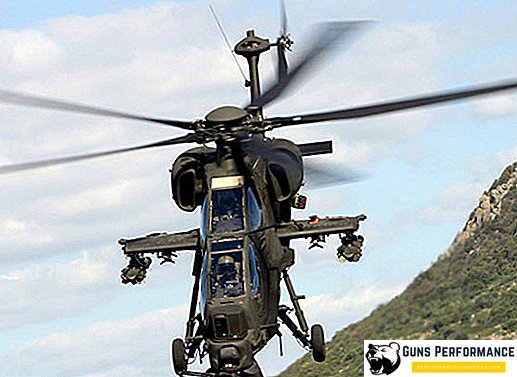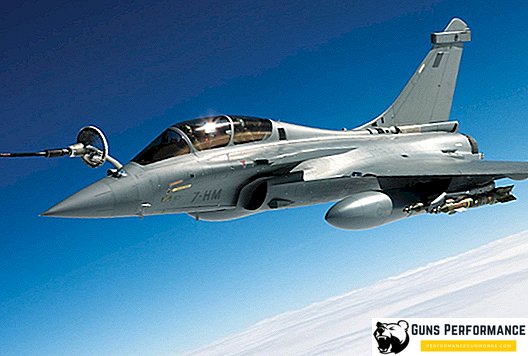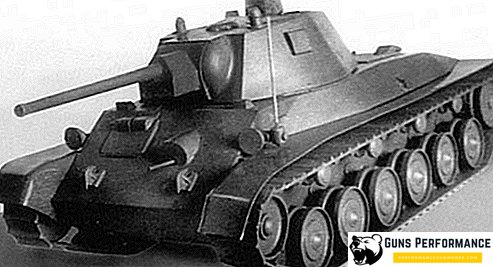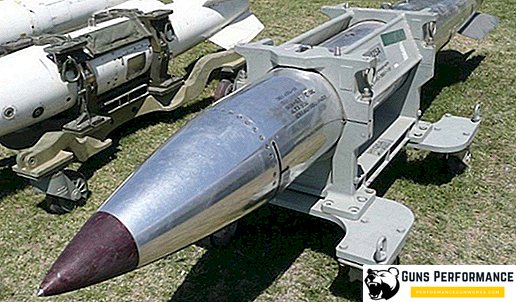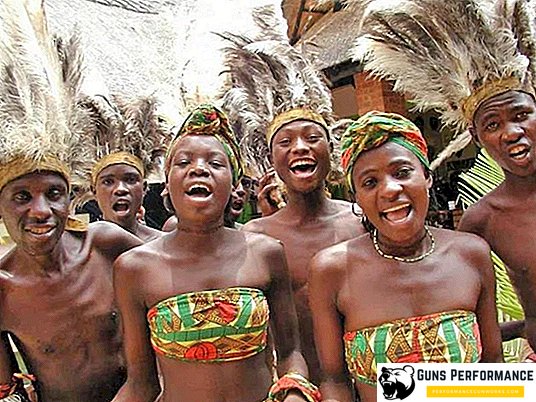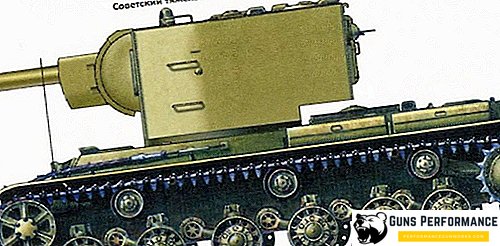Estonia is a parliamentary type republic. This is enshrined in the 1992 Constitution. It is for this reason that the president of the republic does not have any important powers. The head of state is a symbolic figure, which personifies the unity of the people and, as a rule, performs representative functions. The main person of the republic can not be in any party, as well as occupy another position (elective or appointed). Currently, Kersti Kaljulaid, who was born in 1969, is Estonia’s president. She was elected in 2018.
The history of the birth of the Estonian state
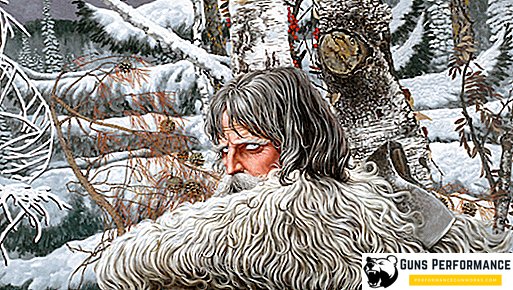
The first peoples who lived in the territory of modern Estonia belong to the Finno-Ugric or Baltic-Finnish group. These tribes lived quietly until the beginning of the XIII century, and then began the expansion of the Knights from Europe. First came the German knights, after - there were Danes, attracted by the stories of the Germans about the huge reserves of fur, which can be taken away from the natives. In 1238 the country was divided into several parts:
- Livonian Order. The knight monks immediately began forcibly baptizing the pagans, burning the recalcitrant along with their idols;
- The Derit Bishopric;
- Ezel Bishopric;
- Denmark.
At first, the ancient Estonians tried to resist, but their level of development could not withstand the European knights clad in armor. However, riots and insurrections arose constantly. The largest in history is the revolt of St. George's Night, which lasted from 1343 to 1345 years. In 1347, the northern lands of the modern republic were ceded to the Livonian Order.
Gradually, the country adopted the culture of the invaders and began to develop rapidly. Large trading cities appeared, some of which became members of the Hanseatic League. In the 16th century, ideas of church reform reached Estonia, and part of the population began to identify themselves as Protestants. In 1558, Tsar Ivan the Terrible and his troops invaded this territory. A few years later, in 1562, the Livonian Order was crushed and destroyed. Despite this, the long Livonian war of 1558-1583 was lost by Russia. As a result, Estonia was divided between the following states:
- Poland;
- Denmark;
- Sweden.
In 1625, most of the country was in the hands of Sweden, whose troops in 1645 were able to capture Saarem. Soon the Swedish provinces of Livonia and Estland were formed.
In 1700, the Northern War was launched, in which Russia, under the leadership of Peter I, was able to capture the territory of the modern Estonian state. After the signing of the Peace of Nishtad in 1721, Livonia and Estland were given to the Russian Empire. In the 18th century, the Russian authorities did not particularly try to interfere in the social aspects of the life of the local population, which is why ethnic Germans and Swedes still dominated here, and they did not like the inhabitants. At the beginning of the XIX century, the Russian empire began to carry out reforms that significantly affected the life of the region:
- In 1816-1819, all Estonian peasants became free, as serfdom was abolished. Although Alexander I tried to abolish serfdom throughout the Russian Empire, only the inhabitants of the Baltic regions were lucky. At the same time, the land was not relied on to free peasants;
- In the years 1849-1865, several laws were issued that allowed peasants to acquire land;
- Toward the end of the 19th century, bourgeois reforms were carried out in Russia, thanks to which numerous factories began to appear and develop.
It was precisely because of bourgeois reforms, as well as the proximity of Europe, in the territories of modern Estonia that a new class of intelligentsia began to take shape, which was trying to create an independent republic from Russia. Already at the beginning of the 20th century, Estonia became one of the most turbulent regions of the empire, where a revolution could break out at any moment.
The struggle for independence and the formation of an independent Estonia
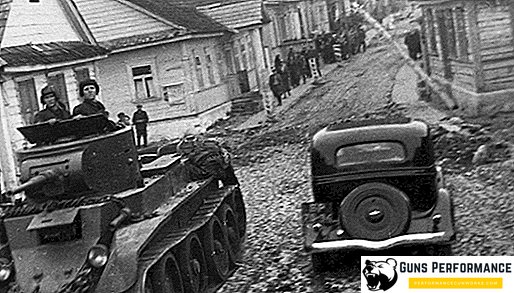
After the Russian revolution of 1917, power in Estonia passed into the hands of self-government, which was called Maapäeva. This body was subject to the decrees of the Provisional Government. Further events took place in the following scenario:
- In October 1917, the Executive Committee of the Soviets of Estland seized power;
- Maapyaeva tried to fight and even said that it was he who had the supreme power in the country, but local communists quickly dispersed self-government, with the support of the Red Army;
- In January 1918, the Bolsheviks achieved their main goal - Estonia became an autonomous part of the RSFSR;
- In February 1918, the Red Army withdrew from the country, since it was necessary to fight off the German troops, who went over to the offensive. After that, the Council of Elders of the Estonian Zemstvo Council began its main task - declared the country independent;
- In August of the same year, the RSFSR relinquished power over Estland and Livonia, leaving the people the right to self-determination;
- Despite this, on November 29, 1918, the Red Army took the battle of Narva, after which the Estland Labor Commune was proclaimed there;
- A few months later, the RSFSR recognized Soviet Estonia as an official state;
- In February 1919, thanks to the decisive actions of the Estonian army and the help of General Yudenich, through whom huge amounts of money were being sent from Europe, they succeeded in liberating the territory of Estonia from the red troops.
In the spring and summer of 1919, the army had to fight both against the Red Army, which again went on the offensive, and against the Germans.
On February 2, 1920, the Soviet Union signed an agreement with Estonia, under which it voluntarily waived its rights to the territory of an independent state. Despite this, the local communists were constantly provided with monetary and military assistance from the "elder brother". In 1924, the adherents of socialism tried to overthrow the supreme power in Tallinn, but they were defeated. After that, the country began to consciously develop nationalism. The global economic crisis has seriously affected all areas of the republic’s development:
- The political situation has changed;
- The fascist regime was sympathized with not only the "right", but also the majority of ordinary citizens;
- Many tried to create an authoritarian regime using the political model in Germany.
During the years of Prime Minister Pate, it was decided to fight the like in a tough manner. In 1934, the parliament was dissolved, and all parties except the ruling party were outlawed. In 1937, a new Constitution was adopted, which enshrined the authoritarian regime. In 1929, according to the Molotov-Ribbentrop Pact, Estonia was assigned to the sphere of influence of the USSR. This enabled the Soviet Union to create its military bases in the republic, as well as to send troops to protect them.
In 1940 it became clear that the independent republic was coming to an end. Under pressure from the Red Army, there were no alternative elections in the country, after which it became part of the Soviet Union. A year later, the German SSR occupied the Estonian SSR, but in 1944 the USSR army drove the Germans out of its territory. At the same time, the United States and Great Britain did not recognize the USSR’s right to include Estonia in their membership.
The role of the USSR in the development of the Estonian state
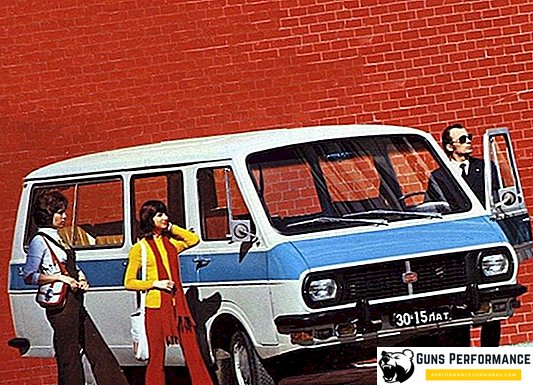
Until 1944, Estonia developed according to a European scheme, which was alien to the Soviet communists. Having come to power, they hurried to turn the republic into a Soviet country:
- Local nobility began to be exterminated;
- The intelligentsia took away all the privileges;
- It was urgently necessary to create collective farms and to dispossess wealthy farmers.
Naturally, such a policy caused outrage among the local population. The USSR began to fight the "fists", relying on landless laborers. The country began a real civil war, which lasted until the early 1950s.
After managing to establish order, the Soviet Union began to develop Estonia at an accelerated pace. In the construction of new plants and industries were invested funds from the budget.
Since the republic historically maintained ties with Finland, for Soviet citizens, Estonia became a kind of Europe that they could not get into. This was facilitated by the policy of the authorities. In the 1970s, a new intelligentsia began to appear in the country, capable of thinking at the level of average Europeans.
With the beginning of perestroika, Estonia began to form the Popular Front. In 1988, this movement demanded to provide the republic with self-financing and autonomy. Interestingly, the local Communist Party was in complete solidarity with such demands. Further development of the country took place as follows:
- In 1989, the Popular Front of Estonia began to advocate for full independence;
- In 1991, the country became independent;
- Further development was decided to follow the Scandinavian and Finnish schemes.
In 2004, the country was admitted to the European Union and NATO.
Estonian Constitution and its features
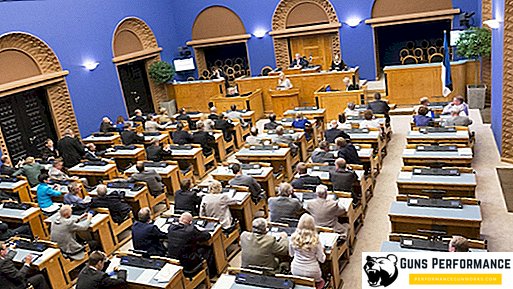
At present, the Constitution, adopted on June 28, 1992, is in effect in the republic. It clearly defines that the supreme power in Estonia is exercised by its people through the National Assembly or at the expense of a referendum. Only the president or the National Assembly can make various amendments (and in the latter case at least 20% of deputies must vote for this). The easiest way to change the Constitution is to hold a referendum.
The main document of Estonia proclaims universal equality before the law. It is clearly defined that all citizens are equal, regardless of the following features:
- Nationality;
- Race;
- Origin;
- Tongue;
- Color of the skin;
- Political beliefs.
Property and social status is also not an advantage. Seriously punishable by law incitement of hostility on political, racial or national grounds. The Constitution clearly states that the republic has a parliamentary form of government, although its head is the president. Since 1992, the following politicians became head of the republic:
- 1992 - 2001 - Lennart-Georg Meri. The first president after a long break, was elected for 2 terms in a row. Known as a writer and director, served as Minister of Foreign Affairs. Re-election to the presidency occurred in 1996;
- 2001 - 2006 - Arnold Rüütel. He constantly reminded Russia that the USSR did not allow Estonia to choose an independent path of development;
- 2006 - 2018 - Toomas Hendrik Ilves. The typical representative of the European type of politicians. His re-election and inauguration took place in 2011. Resolved same-sex marriage and entered into agreements on cohabitation;
- 2016 - our time - Kersti Kaljulaid. In 2018, she was on the Forbes list as one of the 100 most influential women in the world.
Perhaps some presidents would be elected for a third term, but according to the Constitution, the head of state cannot be elected for more than two consecutive terms.
Features executive in the country

The executive branch in Estonia has the following features:
- The prime minister is nominated by the president;
- The government is formed by the parliament, the prime minister and the head of the republic;
- Parliament may approve or reject candidates proposed by the president or the prime minister;
- All domestic and foreign policy of the state is carried out by the government.
Before signing important treaties with foreign states, they must be presented to the National Assembly for ratification.
After Estonia gained independence in 1991, various political parties began to appear in the country. Currently there are more than 20 of them. None of them has a dominant position. In recent years, the Estonian government has adopted several laws that concern the activities of parties:
- Now they are trying to reduce their total number;
- Acting parties are trying to merge with each other;
- Such associations may not receive donations from legal entities;
- It is forbidden to create electoral blocs of citizens;
- It is impossible to form elective interparty blocks.
Due to this, the state is trying to raise the significance of influential parties that currently do not constitute a force capable of influencing political events in the country.
In the basic law of the state there is an article prohibiting the creation of parties that can forcibly change the Constitution. The methods of action here are criminal liability.
Status and duties of the President of Estonia
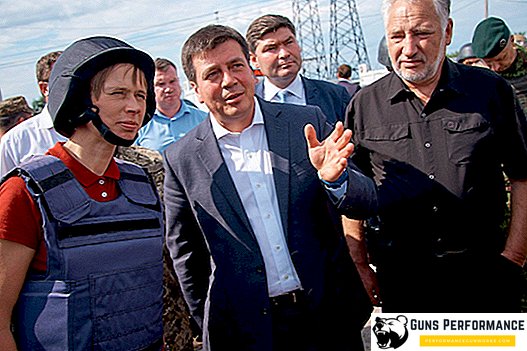
All the powers of the head of state are described in detail in Article 78 of the Constitution. It clearly states that the president should perform the following functions:
- Represent Estonia in various international relations. This function includes visits to foreign countries, reception of diplomats from different countries, signing of contracts. All important international documents are signed by the President of the Republic only after the government approves them;
- In the exceptional case, when the prime minister cannot, for health reasons or other reasons, represent the state in the EU High Council, the head of state can appear in his place;
- After the approval of the government, the head of Estonia can appoint or withdraw diplomats, accept various letters, etc .;
- The duties of the president include the formal proclamation of parliamentary elections;
- He can attend all meetings of the Riigikogu, make proposals and statements to the Parliament. In the meeting room there is a special place for speeches by the head of the republic;
- Proclaim laws passed by the Riigikogu. The head of state has the right to veto, which can be imposed within 14 days from the date of receipt of the document. If the parliament returns the law anyway without changing it, then the president can appeal to the State Court for verification with the current Constitution. If the court does not find contradictions, then the law must be signed in any case. (Lennart Meri, the first head of Estonia, imposed his veto 42 times. Subsequent presidents used this right much less often. Kersti Kaljulaid vetoed only once in 2018);
- May raise the question of amending the Constitution, which should be decided in a national referendum;
- By order of the president nominated candidate for prime minister. Before choosing, this person must be approved by the government;
- Appoints and dismisses members of the government. This happens only on the presentation of the prime minister;
- Offers candidates for the positions of the Chairman of the State Court, the State Comptroller, the Chancellor of Justice, the Chairman of the Board of the Bank of Estonia. They must be approved by the Riigikogu;
- He confers military and diplomatic ranks, gives distinguished citizens awards of the state level;
- According to the Constitution is the head of the defense system. Although it is possible to regard this post as the Supreme Commander, in reality the army is managed by the Ministry of Defense together with the government;
- He has the right to pardon criminals, mitigate their punishment or declare amnesty. This right is rarely used.
If you carefully review all the powers of the head of state, it turns out that the right of legislative initiative can be used by the president only if the Constitution is amended.
The residence of the President of Estonia and the history of its construction
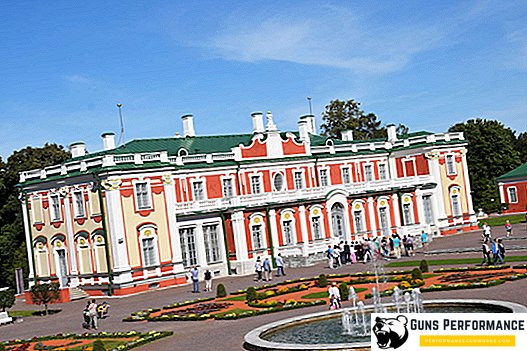
The residence of the Head of State is located in Kadriorg (translated as Kadri Valley). This palace and park complex was founded on July 22, 1718. The initiator of the creation was Peter I during the Northern War. In 1714, the emperor purchased this land to create a park there and build his residence. Niccolò Michetti and his apprentice Gaetano Chiaveri were chosen as architects.
Experienced architects placed the imperial palace in such a way that one could see the sea, the harbor and the city from it. In 1720-1722, Mikhail Zemtsov worked on the construction of the palace, replacing Niccolò Michetti. He completely designed the interior of the imperial residence. It was originally planned that in the adjacent park will make a recreation area for citizens (which is interesting, even now it is open to the public).
Currently, the residence and reception of the President of Estonia is located in the Kadriorg complex. In the former imperial palace the Museum of foreign art is located. Kersti Kaljulaid refused to move to the presidential palace, as it seems to her luxurious. The president should be closer to the people, so Kersti stayed in her house, which is located in the Nõmme district.


